Automatic espresso machines, like the Bellucci Slim Caffè, Latte or Vapore, are hassle-free all-in-one solutions that consistently brew great coffee. Your favourite drink is just a push of a button and a couple of minutes away; it’s more than enough to make the owners of most manual machines jealous!
However, one important step can’t be automated: choosing the right beans and the right roast.
What are the different roast types?
Broadly speaking there are four types of roasts: blonde (light), medium, medium-dark, and dark. As a general rule, the lighter roasts taste fruitier and more acidic, while darker roasts tend to be more bitter.
Learn more about our roasting.
What beans should I avoid if I have an automatic machine?
Automatic espresso machines cannot do dark roasts. This is the only type of roast that is not recommended for this type of machine.
Why can’t automatic machines brew dark-roast beans?
They are generally too oily for the machine’s grinder, meaning they can damage it badly or even break it. Since the grinder is part of the machine, this will render the whole system unusable.
Why are dark-roast beans the only ones said to be ‘fatty’ or ‘oily’?
The oils in coffee beans are released during the roasting process. Simply put, the longer the beans are roasted, the more oil they release. This oil can be a great thing; for instance, it creates a fantastic crema on espresso.
However, it is a major problem for the burrs in an automatic machine’s grinder. It builds up over time, creating large deposits.
And since the oil is sticky, this creates a snowball effect, causing the deposits to form faster and faster.
What beans should I use if I have an automatic machine?
Non-oily roasts, so blonde to medium-dark roasts, are best for automatic espresso machines.
It’s easy to tell whether beans are oily; simply grab a handful and take a look. If they’re shiny, you shouldn’t use them in your automatic machine.
It’s important to remember that like manual machines, automatic machines need to be cleaned and maintained regularly, with occasional deep cleaning.
At Barista, we only have two dark roasts that do not work well with automatic espresso machines: the Nero and the Bio Tre.
The rest of our espresso and filter blends are medium or medium-dark roast, making them perfect for automatic espresso machines!

What happens if you do use a dark roast with an automatic machine?
-
Because the deposits accumulate, your grinder might simply stop working when it becomes clogged with sticky coffee residue. You can clean the reservoir often, but that won’t solve the problem of a clogged grinder. You can also send it off for cleaning every so often, but the oils will continue to build up in the burrs.
-
Eventually, your brew group could stop working after pulling too many badly brewed espressos. The oils will build up everywhere in the machine, including the tubing, which may eventually become fully clogged.
-
It’s harder to fine-tune the grind of dark-roast beans, because they react more strongly to grinder adjustments. This means the grind is a lot less precise, which ultimately affects the quality of the espresso being pulled.
But what if I prefer dark-roast coffees?
If you intend to only use dark-roast beans, we recommend opting for a manual espresso machine and a standalone grinder.

Tips for making the most of your automatic espresso machine
-
Warm your cups: your coffee will stay warmer longer. If your machine doesn’t have a cup warmer, you can just run your cups under hot water.
-
Brew one coffee at a time: even if your machine is very powerful, pulling one espresso at a time will make the coffee creamier and more delicious.
-
Use fresh water: your machine will work better if you use softened, filtered water, but your coffee will taste better if you use fresh water. Your reservoir doesn’t always need to be full, instead just fill it enough for your coffee.
-
Listen to your machine: if you forget to maintain your machine when it tells you to, you are significantly shortening the lifespan of a pretty expensive appliance. You’re also stopping it from working at its best.


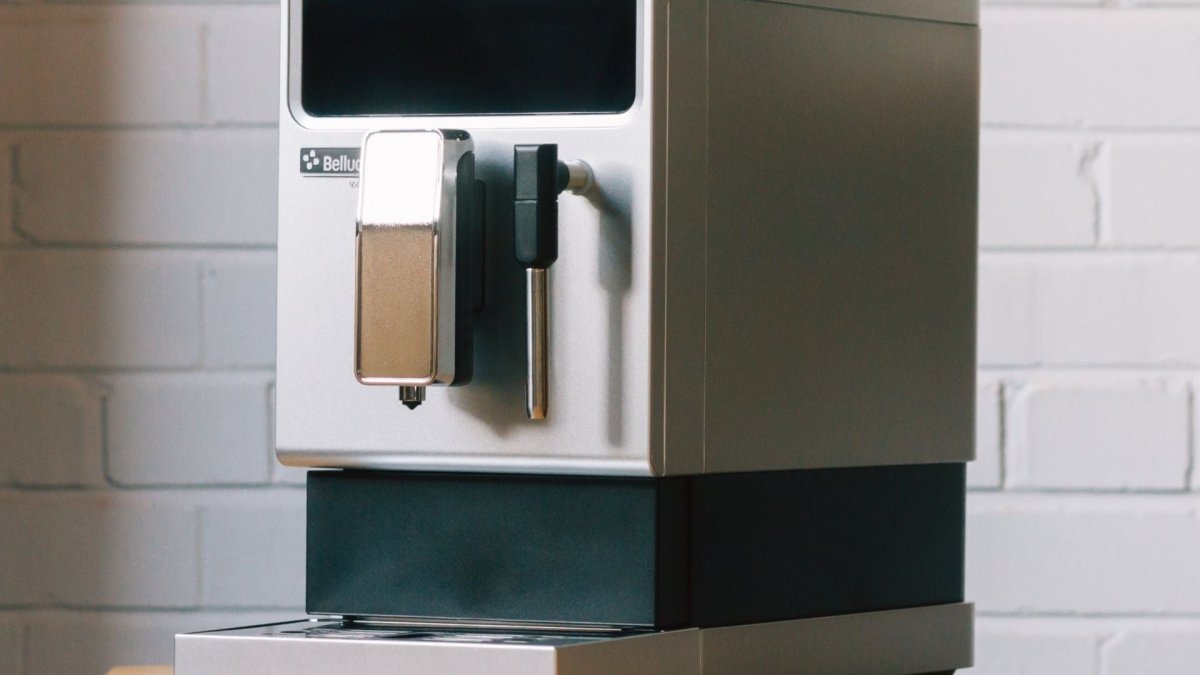
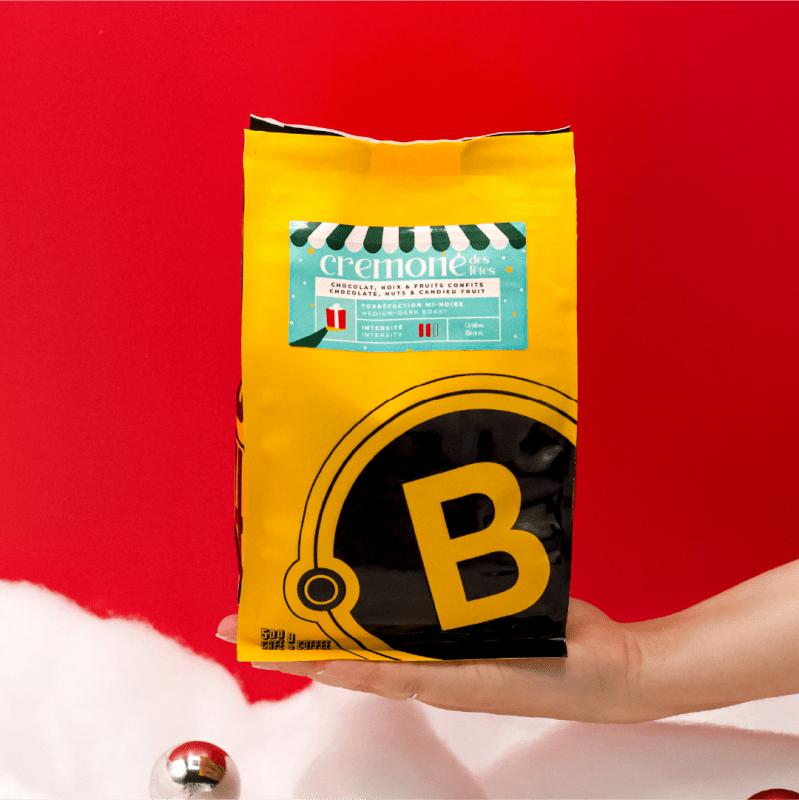
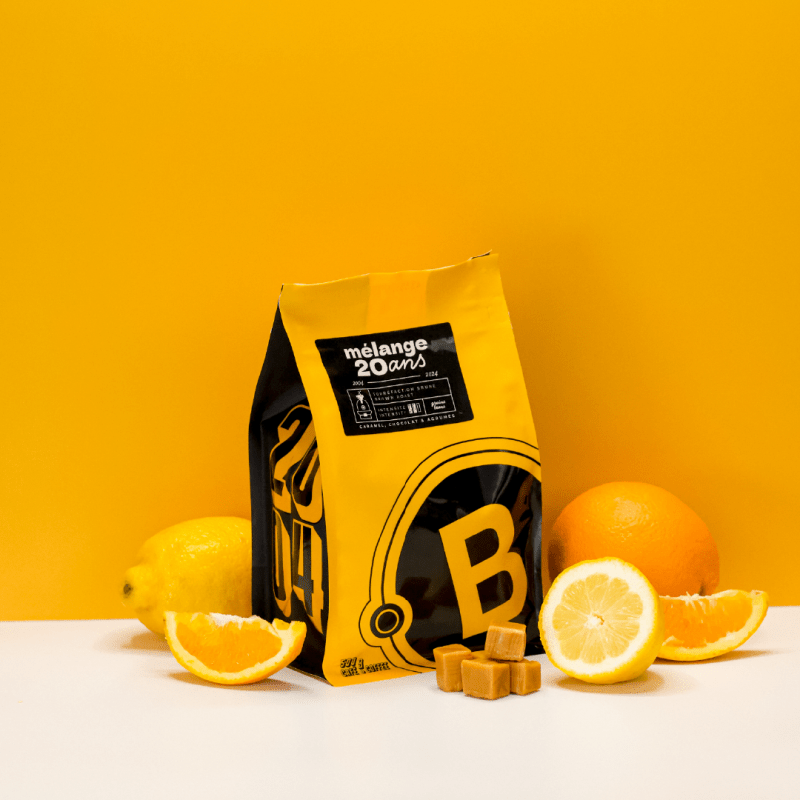



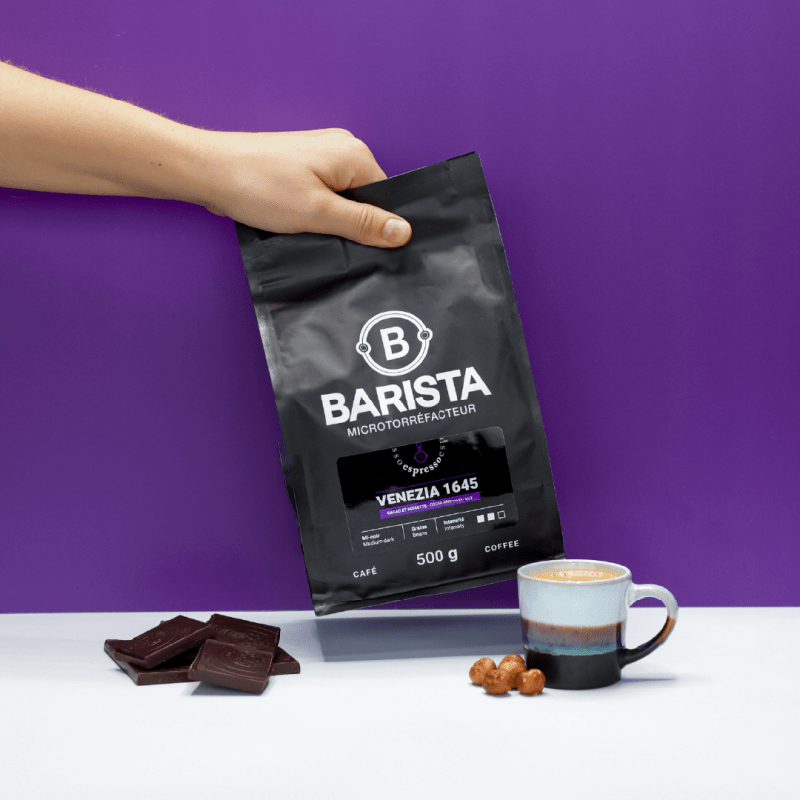

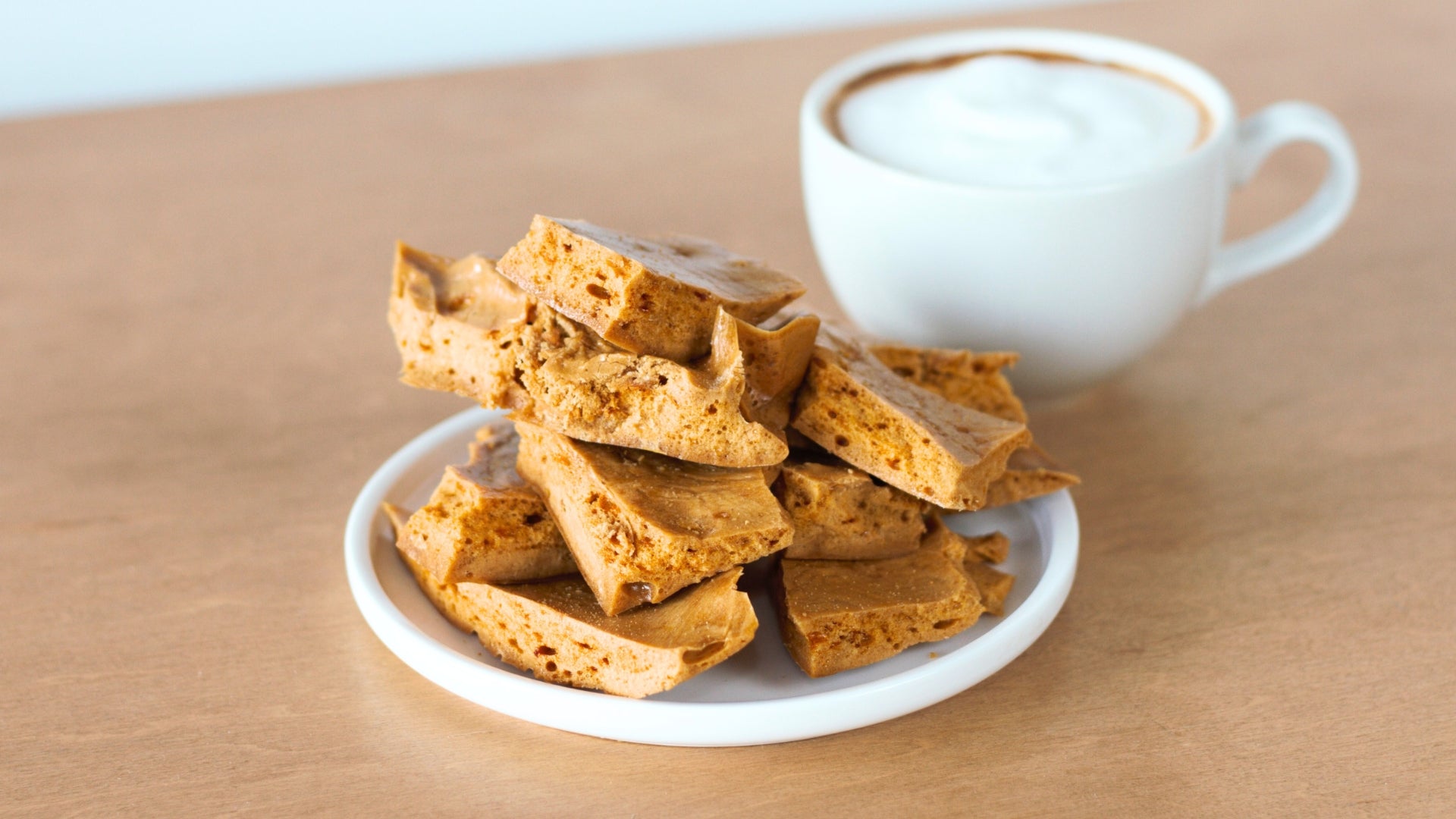
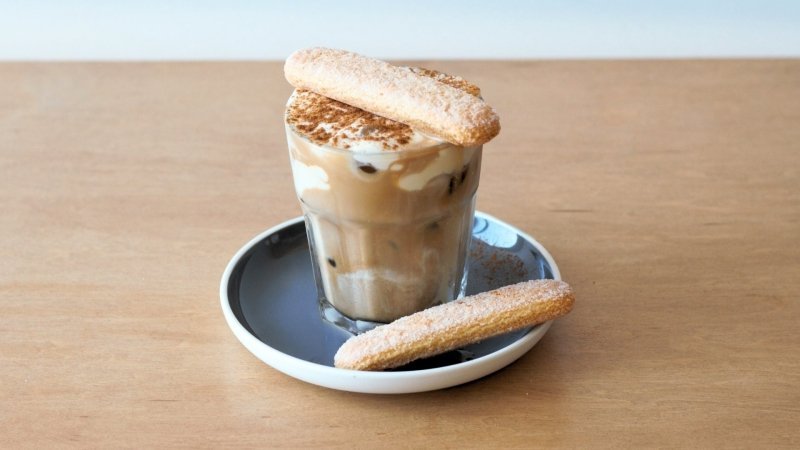
Share:
What’s the Difference Between Arabica and Robusta Coffee?
How to Clean an Espresso Machine